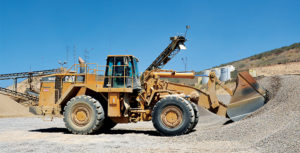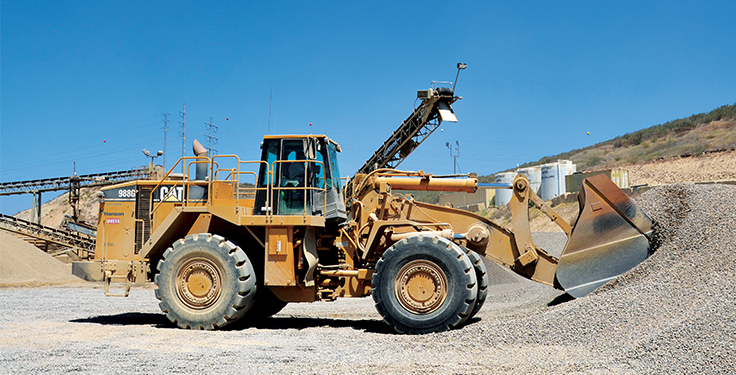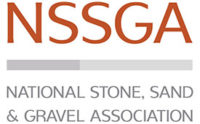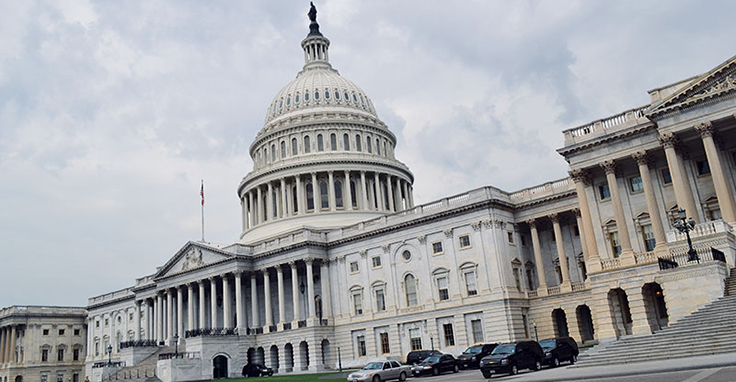
Construction spending declined for the third month in a row in May as a sharp slowdown in private projects more than offset a rise in public work, according to an Associated General Contractors of America (AGC) analysis of government data.
Association officials warn that the pickup in public projects is likely to reverse soon unless the federal government acts quickly to invest in needed infrastructure and shore up crumbling state and local budgets.
“Three short-lived factors may have boosted construction spending in May: emergency healthcare projects, acceleration of highway work to make use of the drop in road traffic, and the end to some state government shutdown orders,” says Ken Simonson, AGC’s chief economist. “Unfortunately, these stimuli have now worn off, and there is a high risk that construction spending will soon shrink as state and local governments start a new fiscal year today with large budget gaps that they must close. Too often, they turn to postponing and canceling construction.”
According to AGC, construction spending in May totaled $1.36 trillion at a seasonally adjusted annual rate. That’s a decline of 2.1 percent from April and the lowest total since June 2019.
Since February, total spending has slumped by 5.9 percent – the steepest three-month contraction since 2009, Simonson says.
May’s decrease was widespread across private construction categories, which recorded a spending decline of 3.3 percent from April, following a 3.8 percent slide from March to April.
Public construction spending rose 1.2 percent in May, an increase that only partially reversed a drop of 2.7 percent the month before.
“It is likely that the pickup in highway construction and other public spending that occurred in May will fade as soon as current projects are completed,” Simonson says. “Our latest survey of contractors, conducted June 9-17, found only about one-fifth of respondents had won new or expanded work – unchanged from early May. In addition, nearly one-third of respondents reported that an owner had canceled an upcoming project.”
What’s next
AGC officials say private-sector funding is likely to continue to remain below pre-coronavirus levels for some time as many owners opt to delay investments amid coronavirus pandemic-induced uncertainty.
Meanwhile, many state and local investments in infrastructure and construction are likely to decline amid falling tax revenues, AGC says. A federal infrastructure measure that can attract broad, bipartisan support in the House and Senate is needed, AGC officials add.
“The best way to get people back to work and to make our economy more efficient and effective for the long run is by improving the nation’s vital infrastructure,” says Stephen Sandherr, the association’s CEO. “Leaders in both parties need to understand that messaging measures may excite the base, but they do nothing to improve roads, fix bridges or modernize water systems.”
Information for this article courtesy of AGC.












